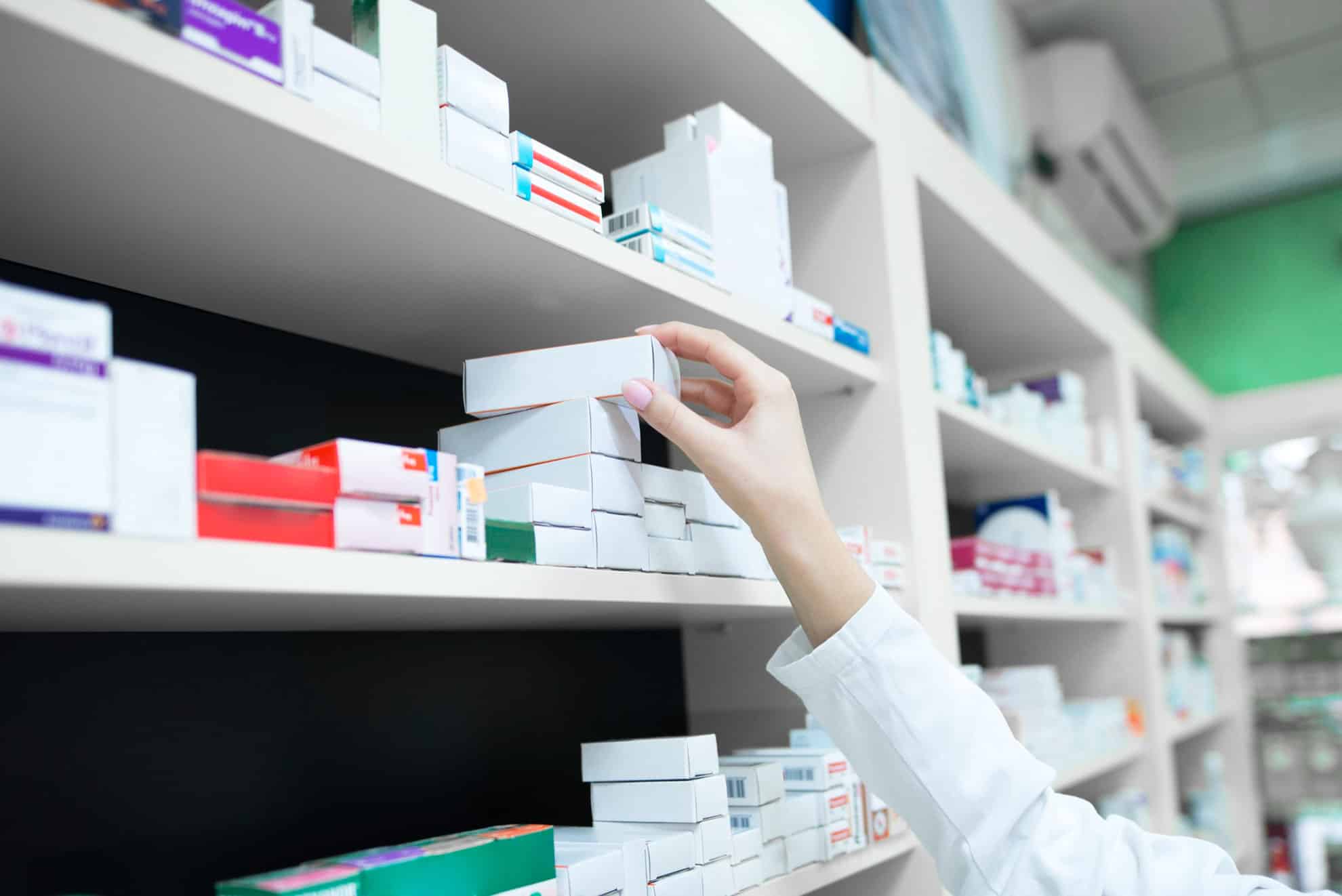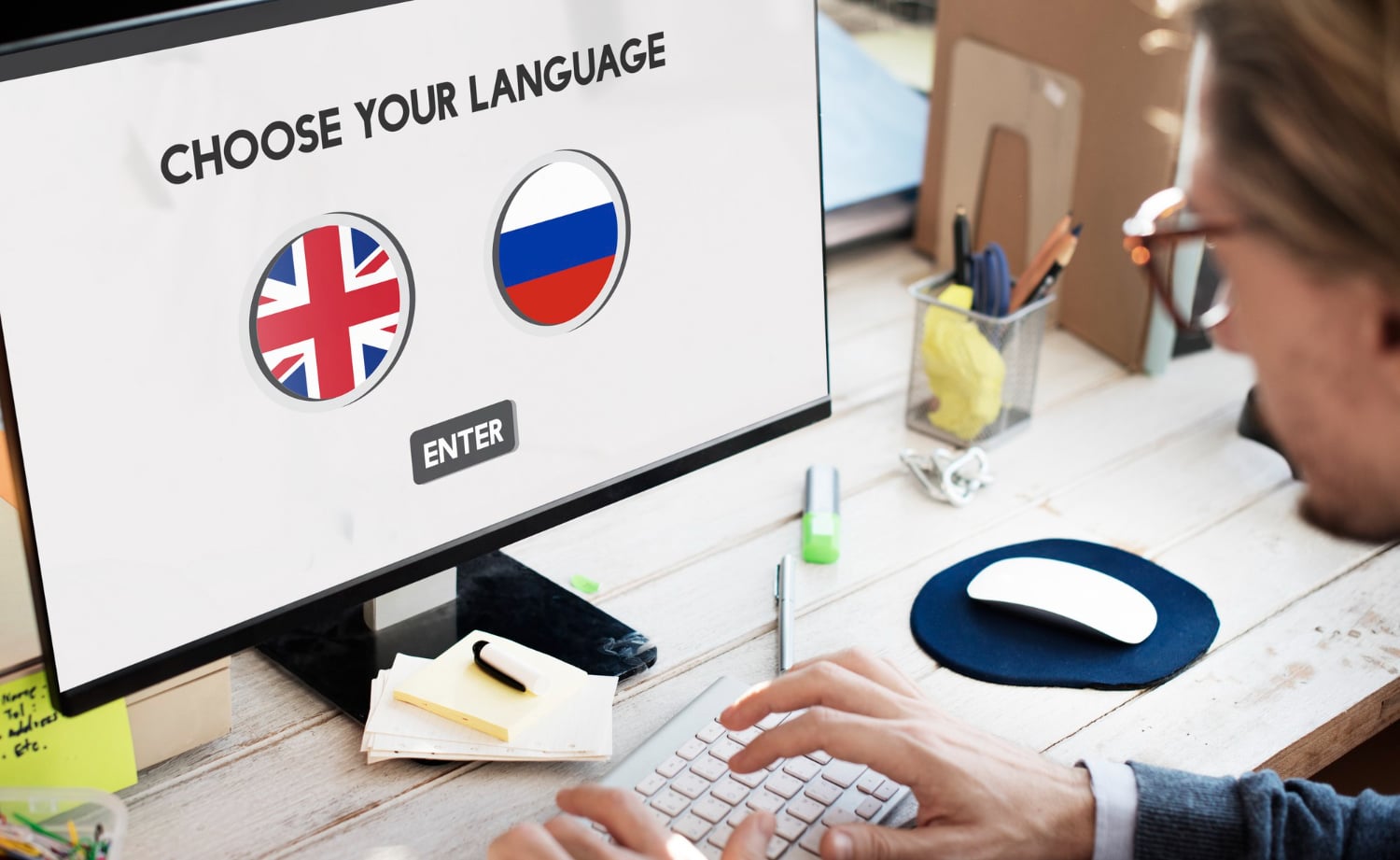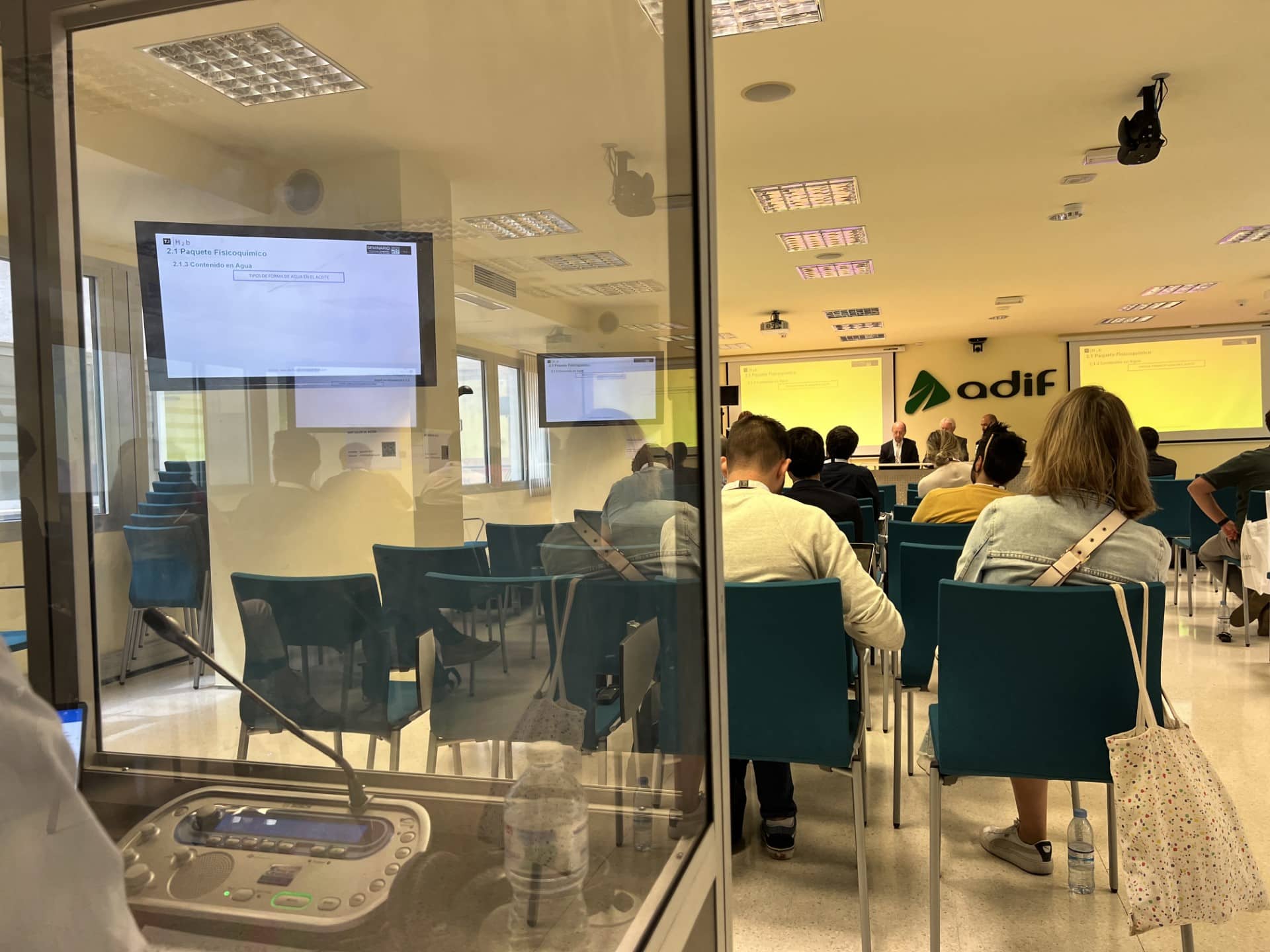
The translation of package leaflets — a key step to medicine approval and marketing

Did you know that the translation of package leaflets is one of the most important phases for the regulatory authorities of each country to approve the marketing and consumption of medicines?
An aspect that characterizes medical translation, is its complexity, due to the strict requirements of precision and consistency. In this area, the adaptation of information leaflets to other languages is presented as a challenge in which a multitude of details and rules come into play. The ultimate goal of this adaptation is to ensure the safety and understanding of the product information by both healthcare professionals and patients.
- Regulatory authorities and the translation of labels and leafletsa
- Translation of medicine leaflets and labels
- Which body in Spain regulates the translation of all the information for any medicine?
- Why is it important to have a specialised agency for the translation of medicines for the approval of a package leaflet?
Regulatory authorities and the translation of package leaflets
The translation of texts related to the market launch of medicines involves arduous translation work that extends from the previous phases (clinical trials) to the final documents intended for regulatory bodies, doctors and patients. From labelling to leaflets, everything must meet the standards set by the regulatory authorities that apply in each region (such as the FDA in the US or the EMA in Europe). In the case of information leaflets that undergo an approval process by these authorities, both the structure and the drafting are subject to templates regulated and supervised by the competent authority and must strictly adhere to established guidelines.
For this reason, we believe it is worth taking a moment to analyse the characteristics of this document type, which plays a fundamental role in the marketing and consumption of medicines.
The translation of package leaflets

The information leafletsare explanatory documents addressed to the user, the doctor and the pharmacist that collect all the information necessary for the administration of medicines. This content is generated from the product data sheet or the summary of product features. In the case of Europe and Spain, these documents are prepared by the QRD group (“Working Group on Quality Review of Documents”) under the supervision and updating of EMA using the aforementioned QRD templates.
This information includes its name, composition, dosage, indications for correct administration or side effects, among others.
As mentioned above, precisely because it involves such sensitive information subject to the approval of regulatory authorities in each country, it is necessary for the translation of these medical documents to be carried out rigorously and faithfully to the original content, but with the corresponding adaptation to the QRD templates of the respective language. To achieve this, having professional translators specialised in this field is essential.
As it is a document aimed mainly at patients, the information leaflet is characterized by the use of simple, understandable and concisevocabulary that allows anyone without medical or pharmaceutical knowledge to understand it. But how is a package leaflet structured? How is the information organized? Broadly speaking, we can differentiate several sections:
- Presentation of the product: The first part of a leaflet is the medicine name (whether trademark or generic brand), the dosage, and the pharmaceutical form. In addition, the type of recipient who can use it can also be detailed: adults, children, infants, etc. In addition, some recommendations that should be taken into account before administration are indicated.
- What it is and what it is prescribed for: This point describes the pharmacotherapeutic group to which the medicaments belongs and the ailments/disorders for which they are indicated.
- Before using the medicine: In this section, we find:
- Contraindications for the administration of the medicine
- Precautions to be taken into account for its administration
- Interaction with other medicines
- Special warnings
- How to use the medicine: This block of information includes the dosage, the route of administration, the frequency and duration of treatment, guidelines in case of poisoning or forgetting to take a dose, and recommendation for consultation with the doctor or pharmacist.
- Possible adverse reactions: Laboratories are required to report the possible negative consequences that the medication may have on the patient’s health.
- Product storage: The ideal environmental conditions for the storage of the medicine are detailed.
- Additional information: In this section, some of the information detailed in the other blocks is repeated and other information related to the drug is added, such as the marketing authorization holder and manufacturing manager, as well as the date of approval or revision of the leaflet.
On the other hand, it is important to note that sometimes the information in a leaflet may vary slightly depending on the manufacturer. It is also common that, rather than translating from scratch, it is necessary to review the information in the leaflet to adapt and update its content.
Which body in Spain regulates the translation of all the information for any medicine?
First of all, it is important to note that, in Spain, pharmaceutical laboratories are required to generate the package leaflets of their medicines in accordance with the standards and templates approved by the EMA and by the Spanish Agency of Medicines and Medical Devices (AEMPS).
For these authorities to approve a package leaflet, at least, it must include the following key data:
- Active substance
- Requester’s name
- Product name
- MR/CD procedure No.
- Request date
- Procedure end date
- National procedure No.
- Indication of withdrawal (if applicable)
- Duplicates or licenses associated with such procedures
After submitting this information, the AEMPS (Spanish Agency of Medicines and Medical Devices) has established a maximum period of 45 days to review and verify the data provided by the laboratory.
Why is it important to have a specialised agency for the translation of medicines for the approval of a package leaflet?

Although the translation of package leaflets is characterized by the use of understandable terminology and simple syntax due to its purpose, it also requires a professional with complex terminological knowledge of the medical and pharmaceutical sector.
Therefore, collaborating with an agency specialised in medical translation such as Nóvalo is a guarantee that both the approval process by the AEMPS and the subsequent marketing of said medication will be a success and carried out without setbacks. In addition, choosing Nóvalo means having the peace of mind that your project will be in the best hands for the following reasons:
- Experts in medical terminology: Our team has extensive training in medical and pharmaceutical fields, which guarantees the accuracy and consistency of leaflet and label translations and minimizes the possibility of errors.
- Regulatory compliance: We know the regulatory and legal requirements, as well as the deadlines required by the Spanish Agency of Medicines and Medical Devices (AEMPS), so we are committed to delivering the translation of the leaflet in the specified time required by the client.
- Quality Assurance: Thanks to our extensive experience in this sector and the use of cutting-edge technologies (AI and Machine Learning tools), we guarantee the highest quality and consistency in all the medical translations we carry out.Our rigorous work process ensures that leaflets are accurate and free of grammar and terminological errors that can ultimately impact patients’ health.
- Optimization of time and resources: We adapt to the deadlines set by the client to ensure that their translations are ready as established at the beginning of the project. We have all the resources and infrastructure necessary to manage large-scale and complex projects efficiently.
- A relationship of trust: We build long-term relationships with our clients, providing support in the translation service for any medical documentation that may arise, such as the approval of updated versions of a leaflet or the product is launched in new markets.







Sin respuestas a "The translation of package leaflets — a key step to medicine approval and marketing"